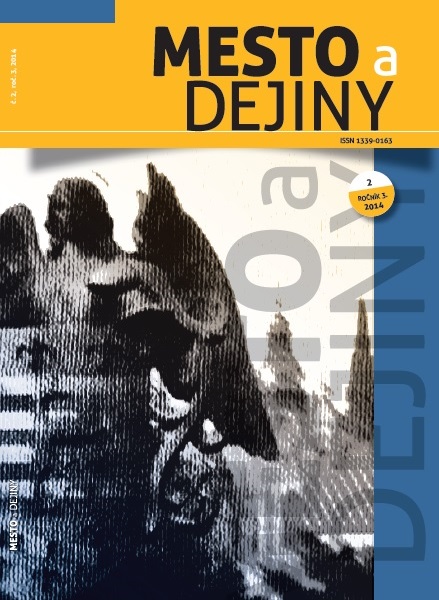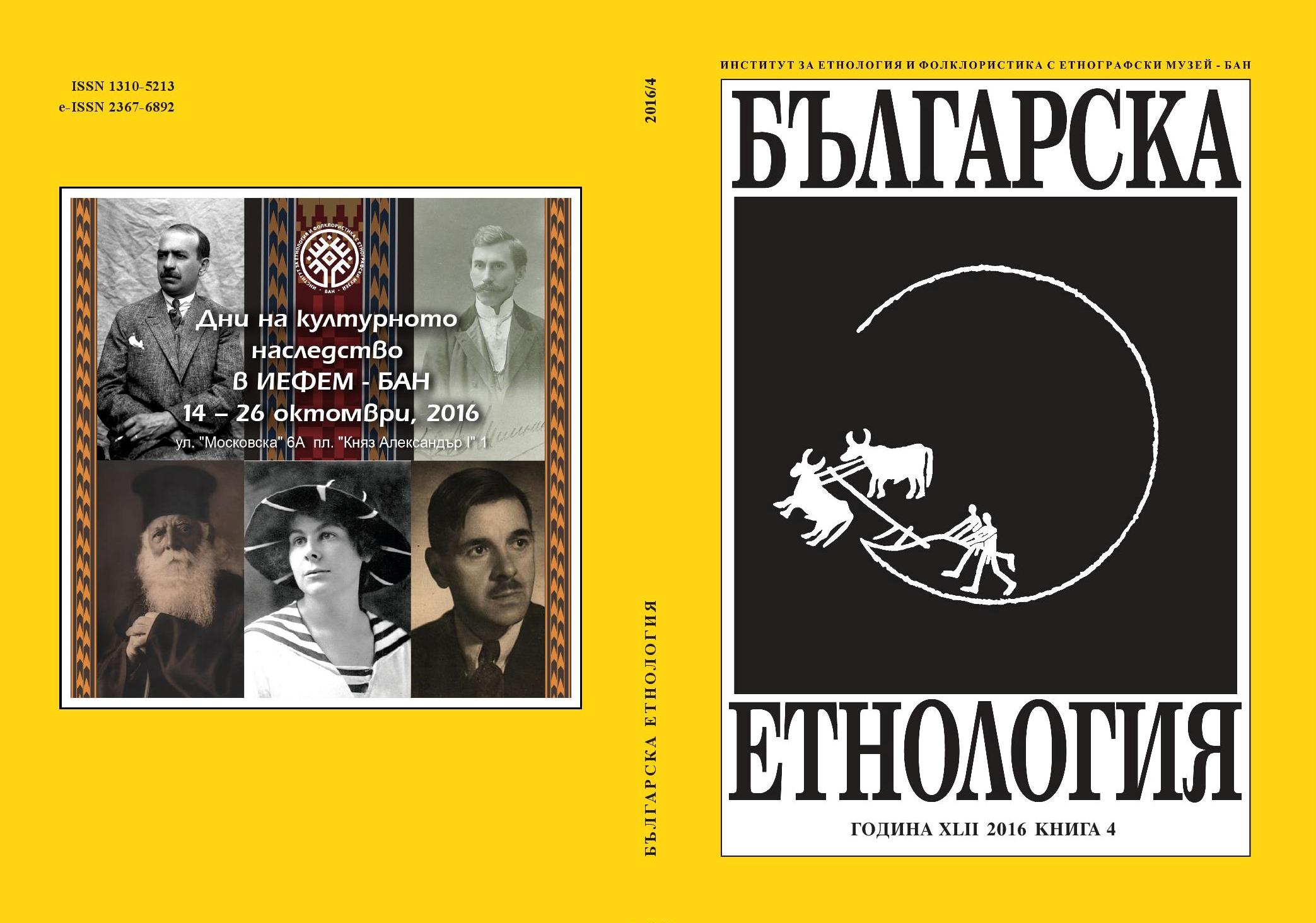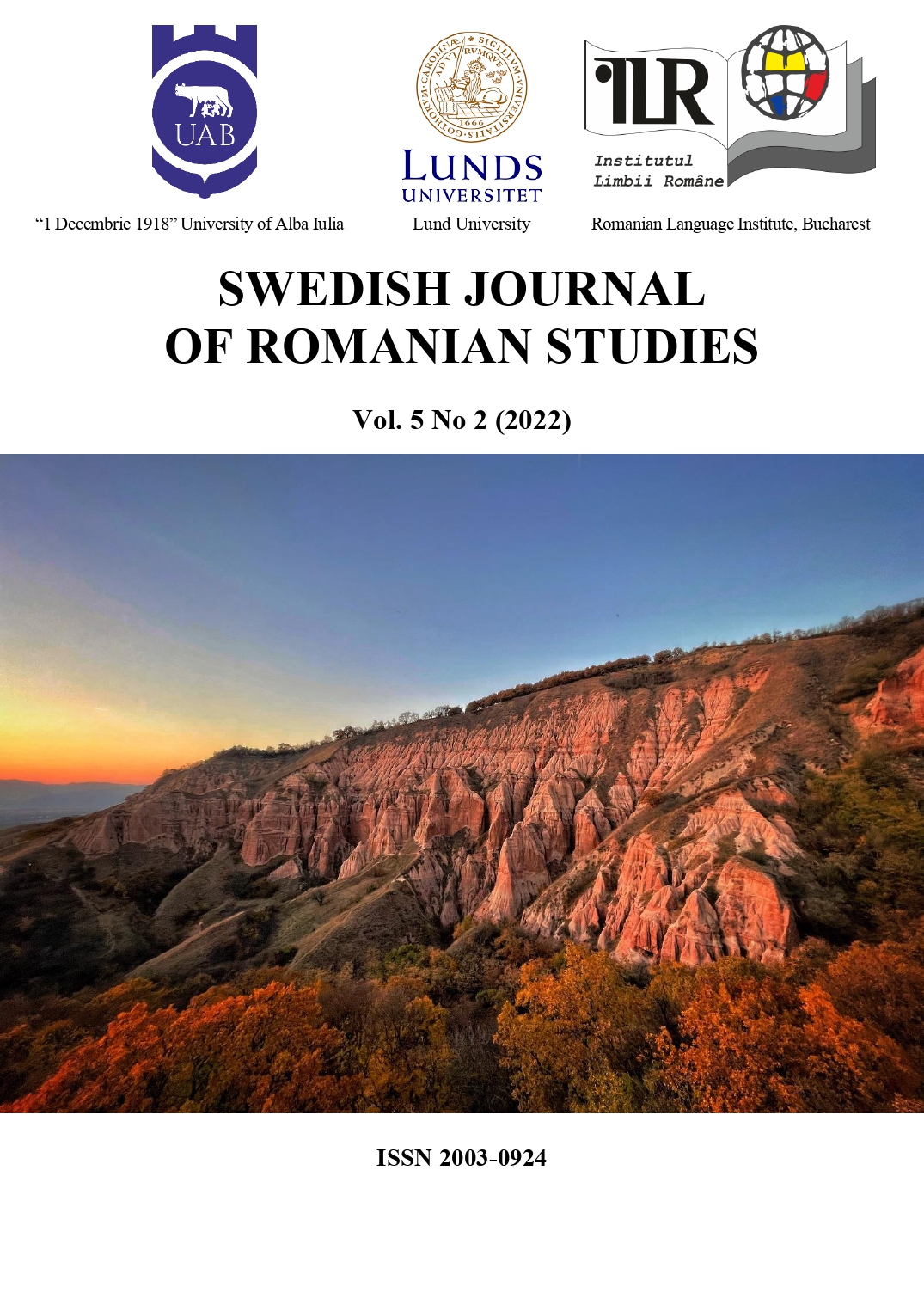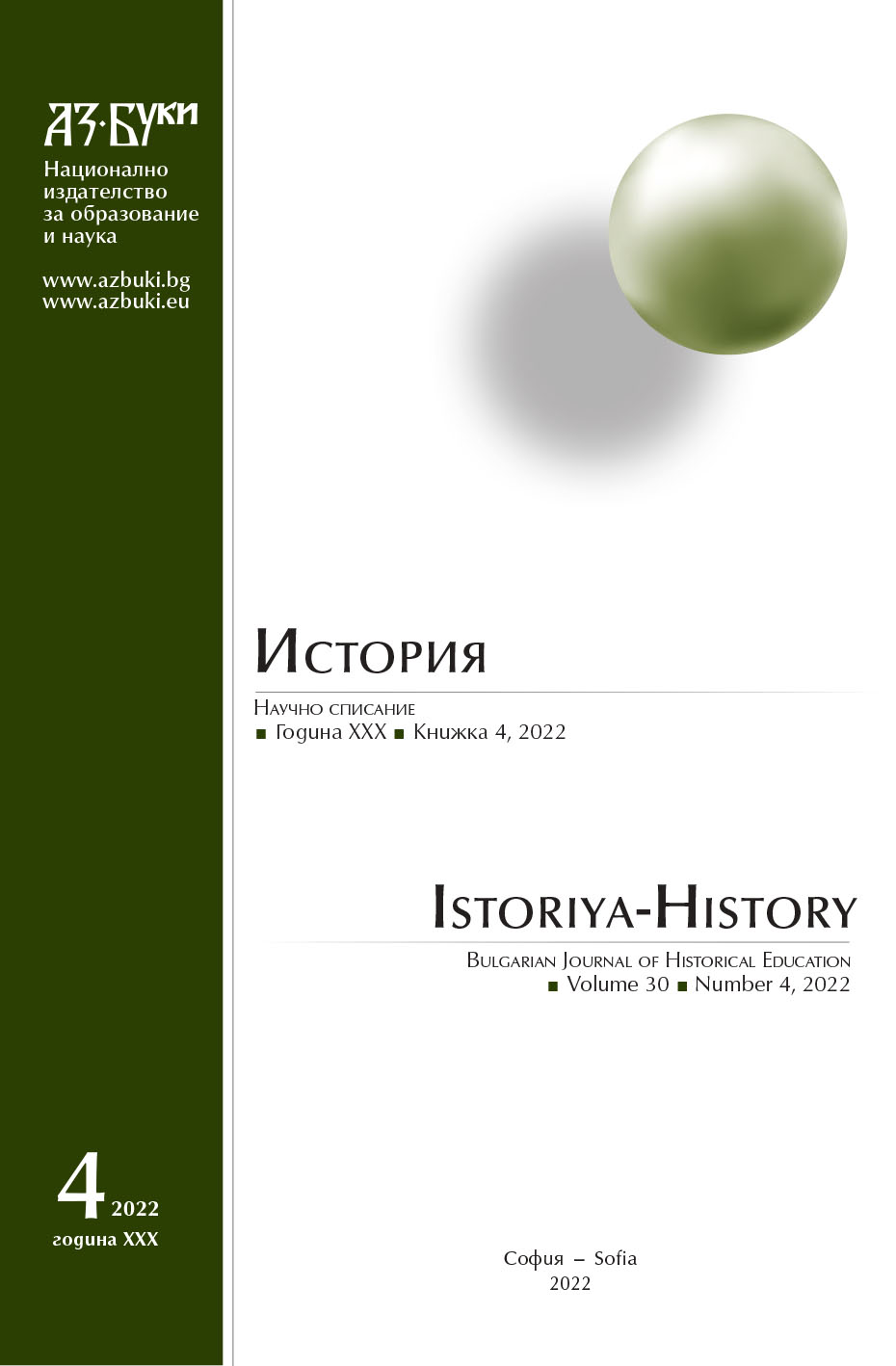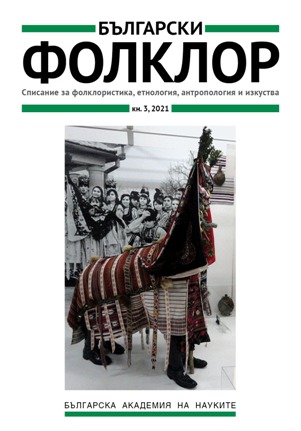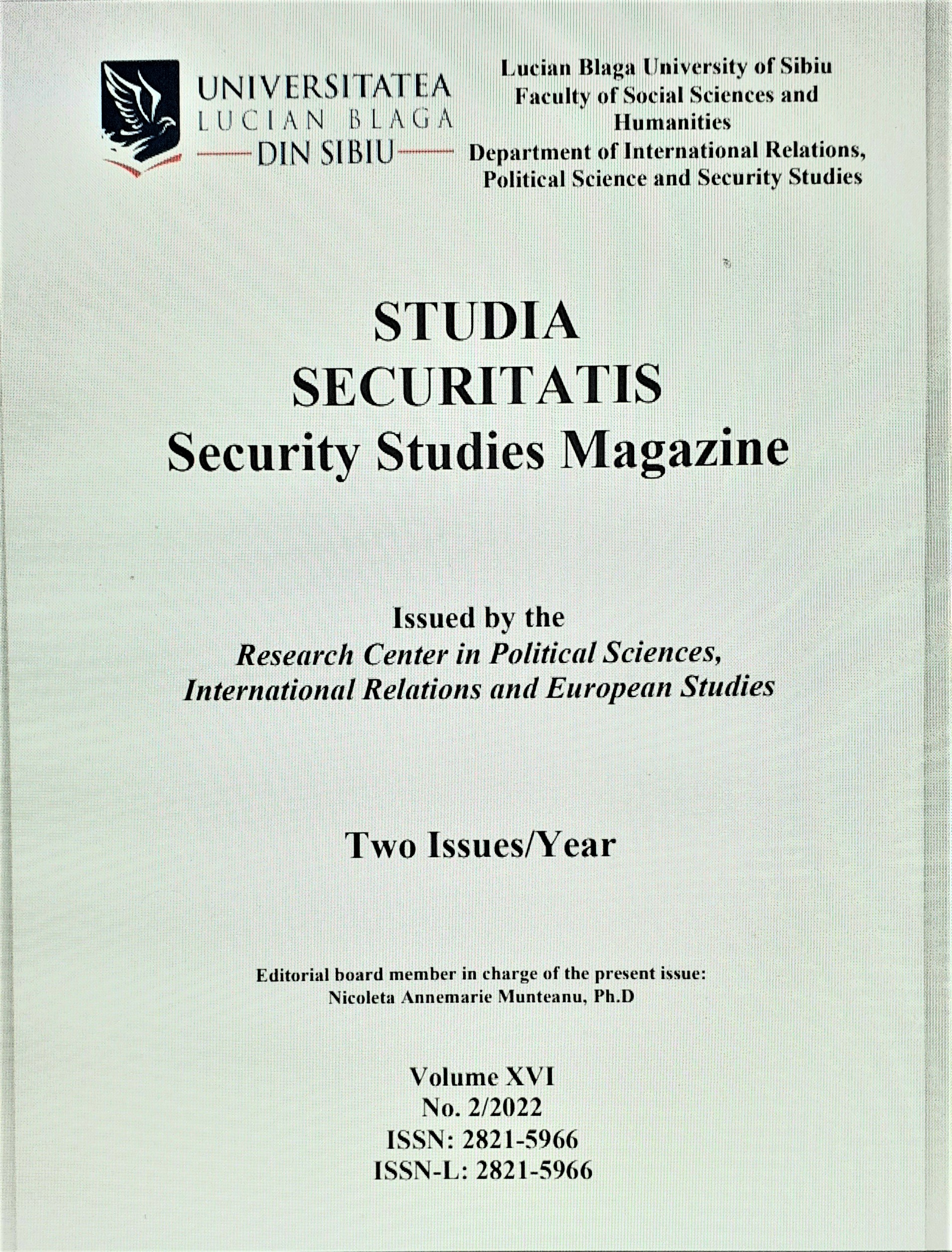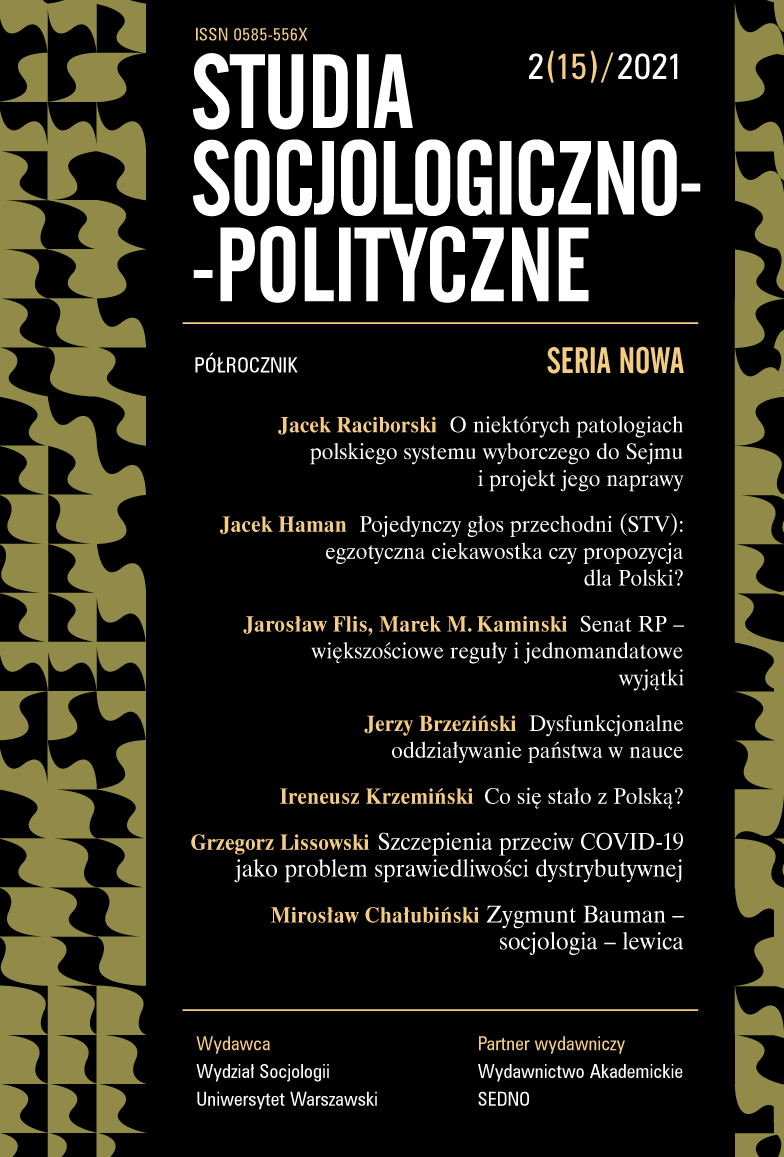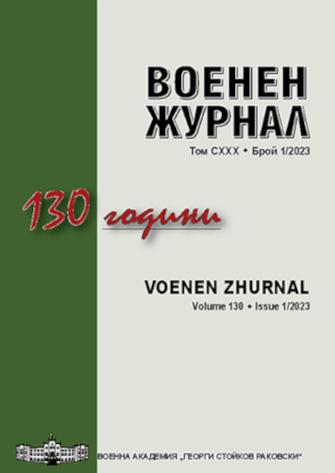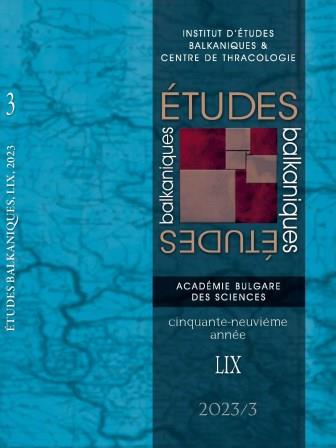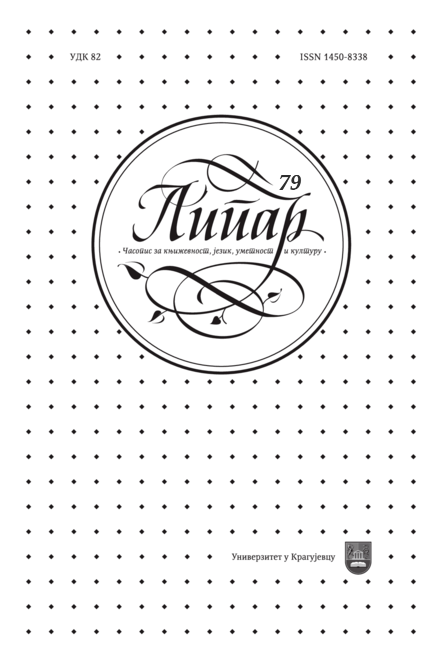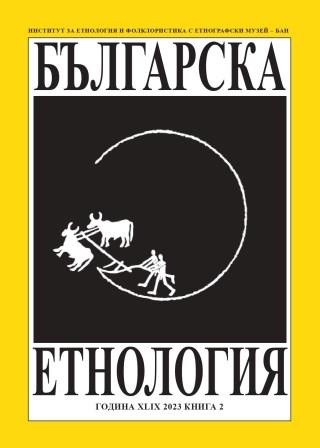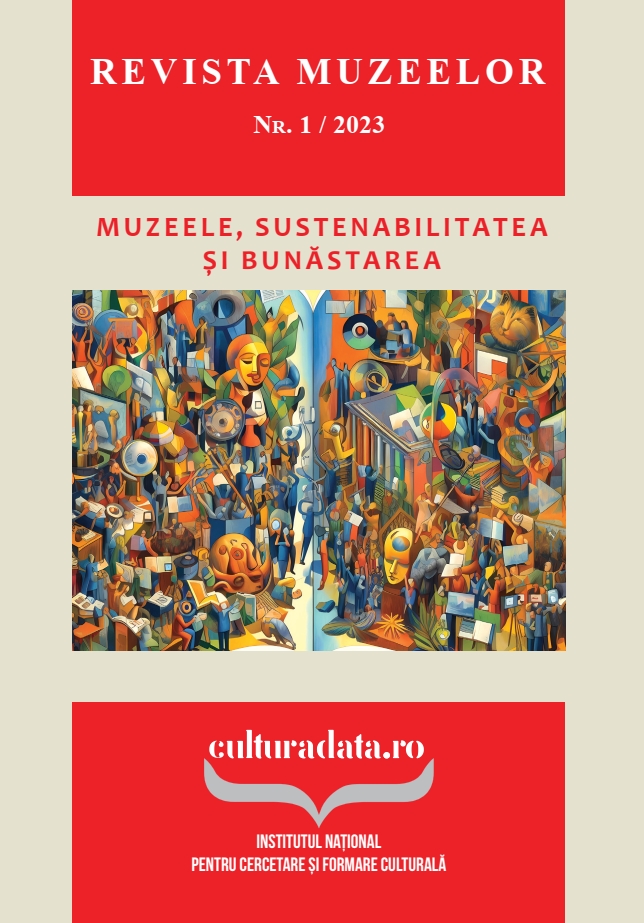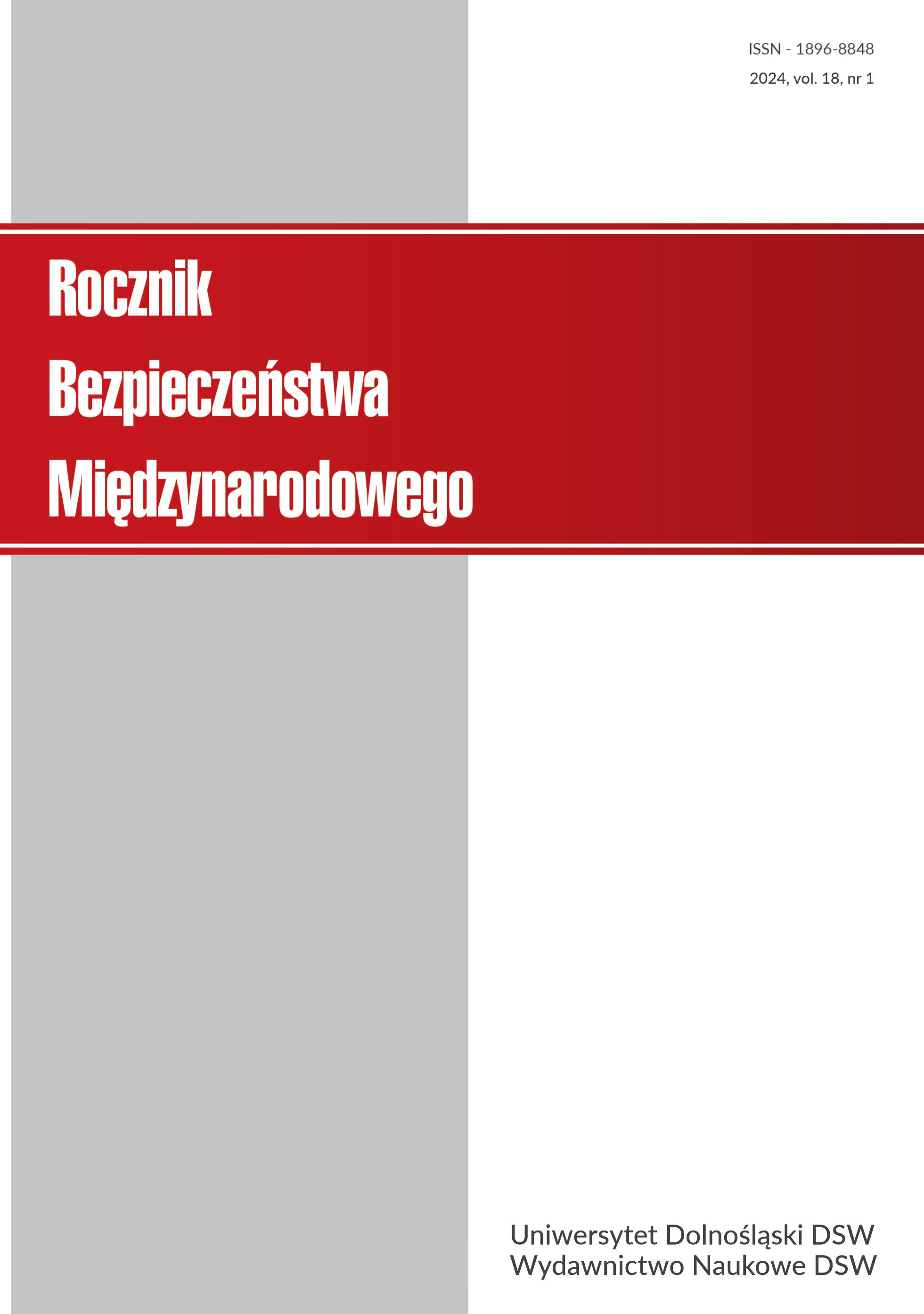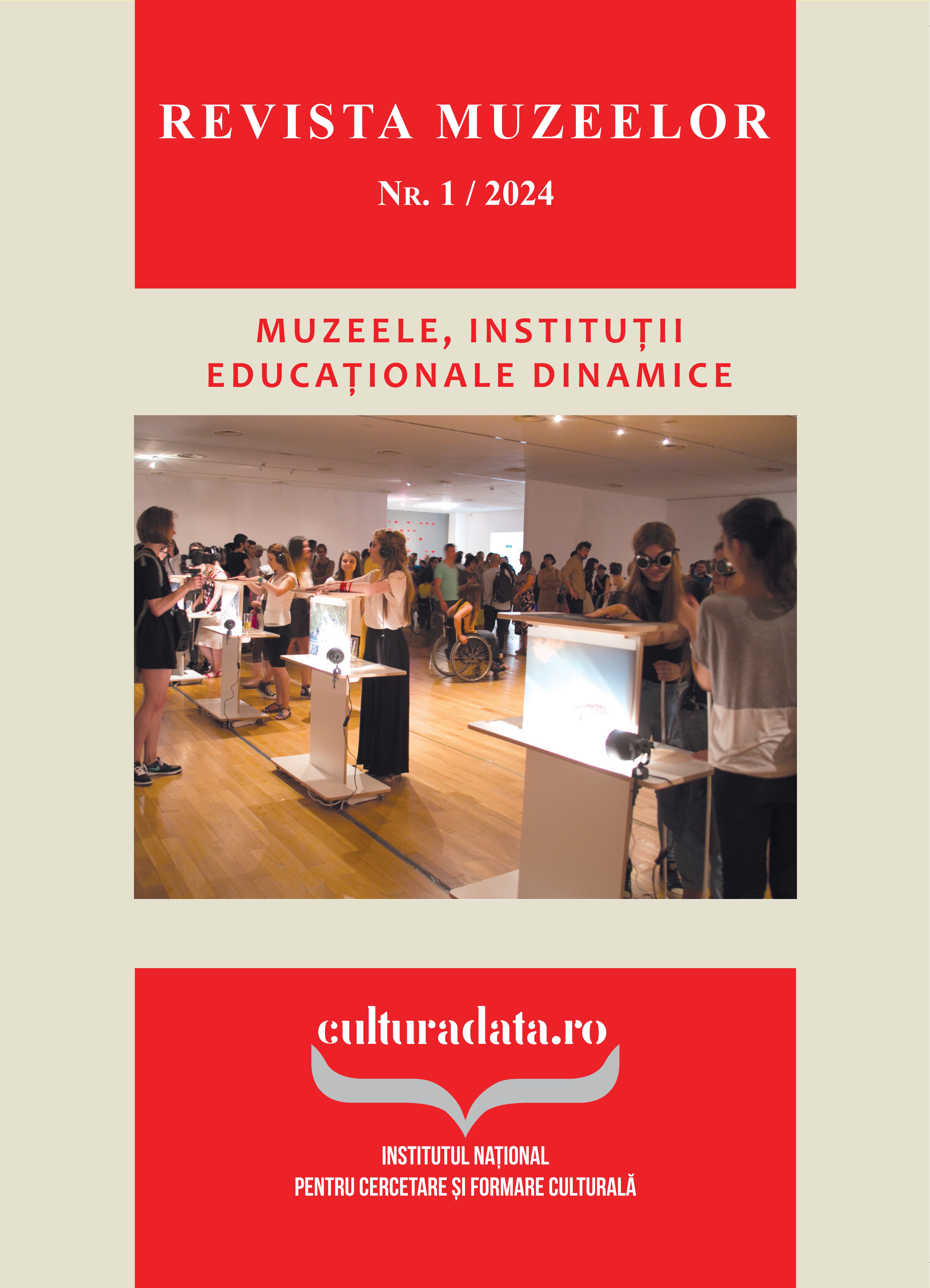Author(s): Oleksandr Potylchak,Mykhailo Zhurba,Viktor Dotsenko / Language(s): English
Issue: 4/2022
The article examines one of the little-known and unexplored episodes of Soviet government campaigns for the re-emigration of Bulgarian citizens of Russian descent, who were deported to the Soviet Union in the autumn and winter of 1946 – 1947 and settled in the southern, south-eastern and western regions of Ukraine. The demographic statistics of the contingent of migrants, the circumstances of the transportation of ‘re-emigrants’ to Ukrainian ports, their distribution in the regions of the Ukrainian SSR, resettlement, housing and employment locally have been analyzed. The main sources of the study are the documents of the Department for Repatriation of the Council of Ministers of the Ukrainian SSR, which are stored in the funds of the Central State Archive of Supreme Bodies of Power and Government of Ukraine in Kyiv. They include records, directives, instructions, resolutions, reports, information, notices, letters and telegrams of the authorities of the USS Rand the Ukrainian SSR at various levels. These documents reveal the details of the preparation and implementation of the resettlement of hundreds of Bulgarian citizens of Russian descent to Ukraine in the autumn and winter of 1946 – 1947by the Stalinist authorities and provide statistics on the number, gender, age and occupation of ‘re-emigrants’, information on their transportation to Ukrainian ports, reception and accommodation of people in their new places of residence, the reaction of migrants to the actual living and working conditions in their new homeland. The vast majority of immigrants were associated with the Soviet Union only by the Russian descent of their ancestors, so one cannot call these people “repatriates”, as the Stalinist government did. Given the nature and consequences of this action of the Soviet totalitarian regime, we can rather talk about forced displacement on ethnic grounds.
More...
